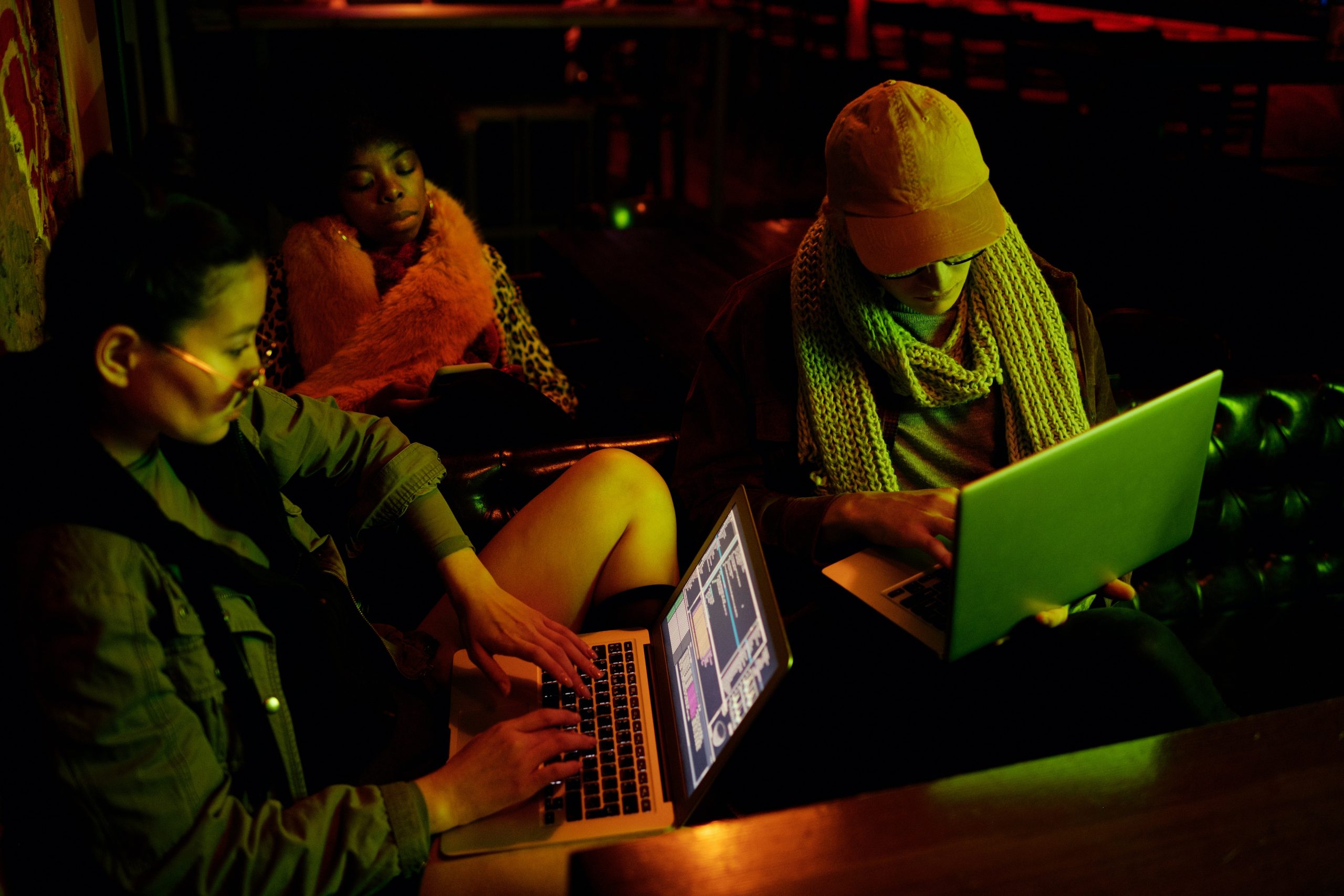It’s time to educate clients to improve security monitoring and mitigate cyber-related losses as employees continue to work from home.
n early March, many small business owners allowed their employees to temporarily work from home in an effort to slow the spread of COVID-19. Today, a whopping 80% of businesses surveyed said they have implemented or expanded their work-from-home policies during the pandemic, with 67% considering remote work on a more permanent basis, according to the latest S&P Global Market Intelligence Survey.
In order to support employees working remotely, businesses in the S&P survey said they had to increase spending on information security (28%), communication and collaboration technologies (50%), employee devices and services (43%), information security tools (42%) and network capacity (38%).
But as more small businesses adopt work-from-home models, they are putting themselves at an increased risk for cybercrime, with fraudsters attempting to access company data, personal customer information and intellectual property. In fact, since the pandemic began, the number of spam, phishing and fraudulent business emails employees receive while working remotely has increased 25% due to cybercriminals becoming hyper-focused on targeting people working from home.
Currently, the top three cyber hazards for employees working remotely include weak home Wi-Fi security, insecure passwords and email phishing scams.
America’s Claims Executive Virtual Leadership Forum & Expo 2021EVENT
ACE Virtual Leadership Forum & Expo is the annual conference for Senior Claims Executives in Insurance organizations.
Mitigating cyber risks
Unfortunately, many smaller companies have the mistaken perception that their business policy provides coverage for a cyberattack or that most cyber liability policies aren’t worth the expense for the limited coverage they provide.
For these reasons, it’s important to educate business-owner clients that in addition to stepping up security monitoring and training employees on work-from-home IT best practices, cyber insurance can help mitigate the impact of a cyber-related loss and protect their assets. To help, the National Association of Insurance Commissioners has developed a small business cyber insurance checklist that can be used as a guide when reviewing coverage needs with your clients.
Conclusion
The pandemic has transformed how and where employees work. While some businesses may not have the ability to support an all-remote workforce fully, others may be considering a slower and more gradual process by allowing certain employees to work from home on a part-time basis.
The following is an application for insurance. Fill out every question and please be honest. The information you provide will be relied on in determining acceptability, coverage, and/or price of insurance. If you have any trouble, live chat is available or you can email your insurance agent at Skyscraper insurance Services, Inc.. Once you complete the application, your agent will reach out with any quotes or additional questions we may have. Thank you for your business.




